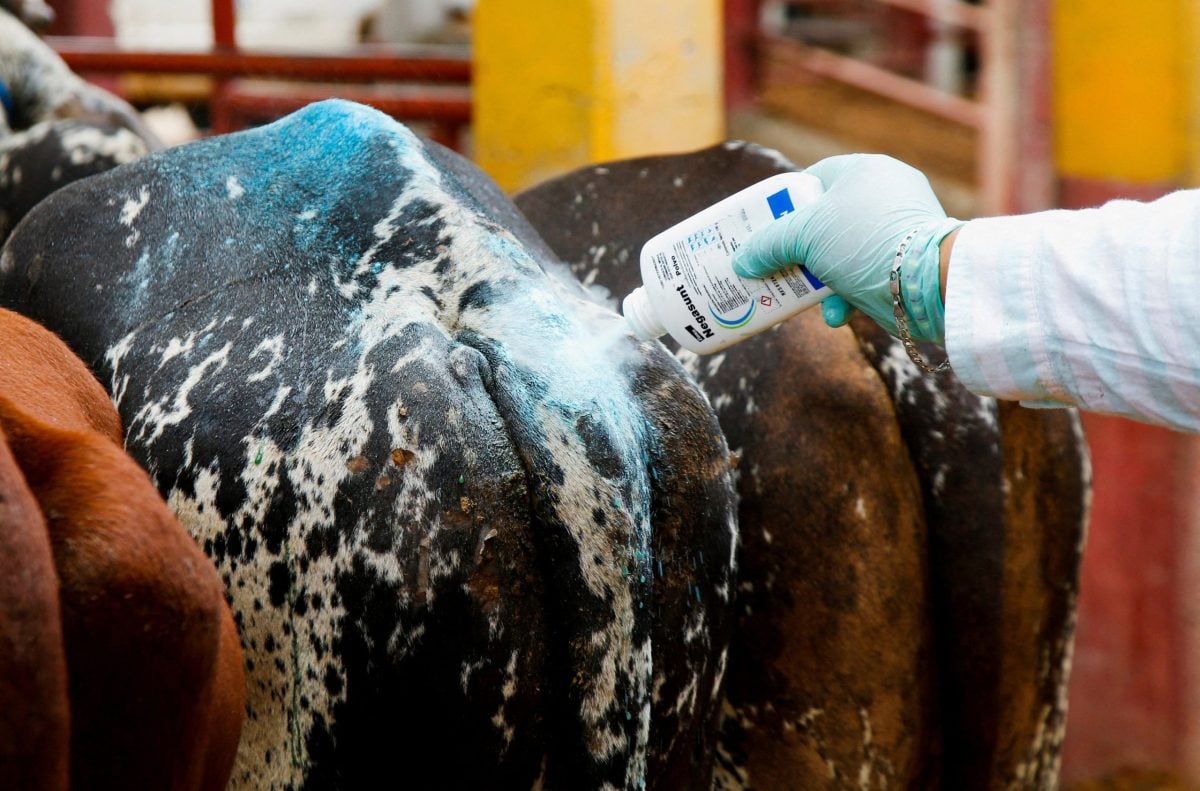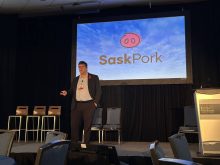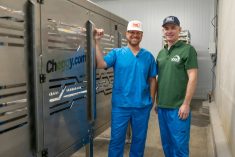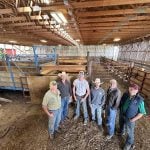This holiday season Melodie Chan wants producers to avoid what she calls the “spiral of silence,” which can happen around the dinner table, over beers or even in the gentle lull between turkey and pie if farmers don’t speak up when they hear misinformation about agriculture.
“What are we afraid of?” asked Chan, speaking at the annual Dairy Farmers of Manitoba conference in Winnipeg. “Why don’t people speak up when someone in your family or a friend says something wrong about agriculture?”
No one wants a family gathering to dissolve into a shouting match over animal welfare or biotechnology, Chan said, but she stressed that, at the end of the day, speaking louder isn’t going to change anyone’s mind.
Read Also

Mexico agriculture secretary says still no date for restarting cattle exports to U.S.
Mexican Agriculture Minister Julio Berdegue said on Wednesday that Mexico and the United States have not yet set a date to resume Mexican cattle exports amid an outbreak of the flesh-eating screwworm parasite.
“You want to meet these consumers where they stand, we don’t want to get up on our soapbox,” she said.
Too often, producers fall into the mindset that if they can just hammer home enough facts or if they can just convince a consumer to think like they do, all their problems will disappear, Chan said.
Not so, according to the senior manager of veterinary services at Zoetis.
“Take a step back and ask them what their concerns are,” she said. “When they raise these issues and instead of going straight into educating them about what it is that actually happens… pause for a moment.”
Asking follow-up questions about why they are concerned and where they got their information from is also important, said Chan, adding if producers listen and understand consumer concerns they’ll be able to move forward constructively.
“Get them to expand,” she said. “Just say, ‘Hmm, that’s interesting, I certainly don’t want antibiotics in my food either; what is it that worries you?’ “
Once common ground is established, farmers can begin introducing the information they want consumers to hear.
“That next piece is we talk about a safe and wholesome product,” she said, adding the vast array of choice in grocery story does beg certain questions — questions to which consumers don’t often have reliable answers.
For example, with some products labeled as “antibiotic free,” consumers are left wondering if other products have antibiotics in them, or are unclear on how products are produced, Chan said.
“The inference is that maybe there are products that have antibiotics in it, so should I be worried?”
But slamming organic products or denigrating certain production methods isn’t helpful either. Instead, Chan said producers should talk about how they do things on their own operations, the care and attention they give to animals and explain what labels represent in terms of on-farm practices.
“We are all in this together,” she said.
Sharing the kind of research being done on animal welfare is also an important way to demonstrate the level of care provided. She referenced current dairy research that looks at neuroplasticity in calves as an example of the lengths researchers go to increase cow comfort.
“So these are things that we’re engaging in on the dairy side that really make me proud to be doing what we are doing,” Chan said. “I don’t think people understand how important it is to us that we are producing a safe and nutritious food product and that means that we have to be caring for our cows and providing them with a good quality of life.”
Producers also can’t expect that consumers will learn about food production and animal care if they stay silent.
“We should be shouting that from the rooftops and if we’re not comfortable doing that, we definitely need to be supporting those who are,” Chan said. “Because we need to be engaged and we need to make sure we are a part of that story.”
— Shannon VanRaes is a reporter for the Manitoba Co-operator and Country Guide in Winnipeg. Follow her at @ShannonVanRaes on Twitter.












